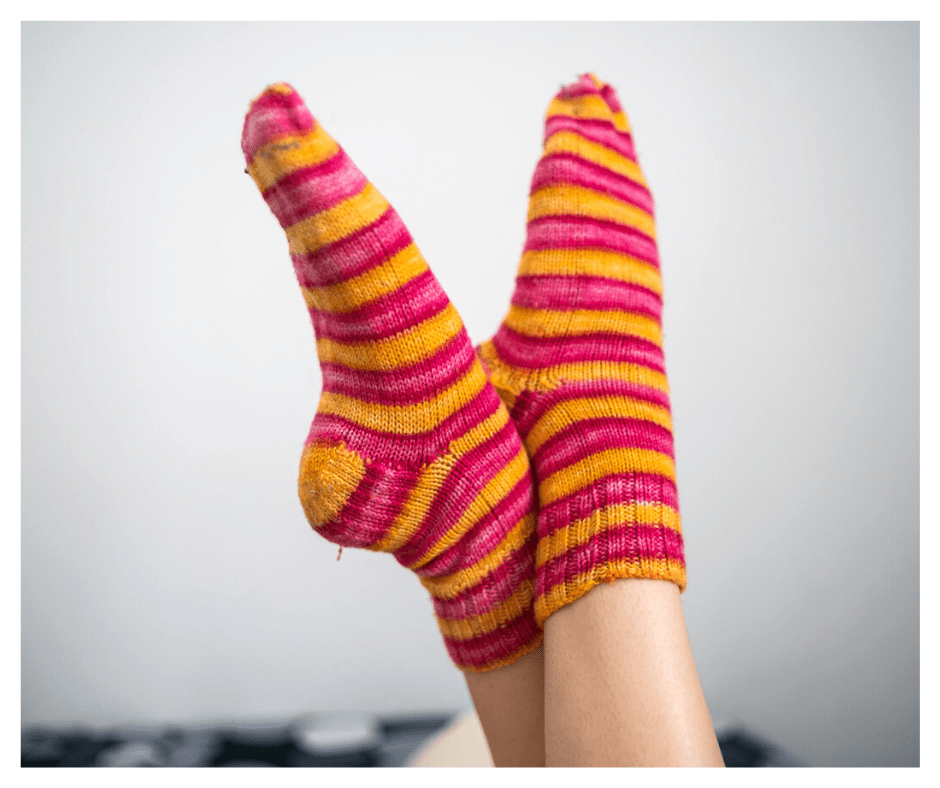
The autumn and winter period can be cold and rainy. This weather is particularly bad for our feet, which tend to get cold when we walk. Just like the hands, the feet do not have any major muscles or fat deposits and are therefore prone to cooling. We should take special care of them in autumn and winter. How can we protect our feet from the cold?
Protection of feet against the cold
The most important protection for your feet against the cold is your shoes. Winter shoes should have a warm lining and an outsole that protects against the cold ground. In addition, it is a good idea to choose winter footwear made from natural materials such as grain leather or velour, which will provide your feet with adequate ventilation.
The second indispensable element to keep feet warm during winter hikes are socks. Here are a few suggestions of warm socks that will not disappoint even the biggest frostbitten people:
- merino wool (merino) socks – their fibres are tough, compact, moisture-resistant, warm and pleasant to the touch; additionally, merino wool has thermoactive properties,
- outdoor socks – their sporty purpose guarantees effective moisture wicking, as well as retaining sufficient warmth; additionally, they are very comfortable, often profiled,
- sheep wool socks – their warming properties are unparalleled – they are by far the thickest and warmest of the socks, but are more suited to indoor wear (they can be too thick to wear with shoes).
If, despite using the right footwear and putting on warm socks, you still get cold feet, it’s worth trying to protect them further with winter shoe inserts. There is a choice of hard-wearing and soft felt insoles, thinner and more insulating insoles with aluminium foil and wool insoles made from sheep’s wool.
Foot warming treatments
Sometimes feet get cold even when we are in a heated room. What can we do then?
The first way to warm up your feet at home is to take a bath. For a foot bath, you need a bowl of warm water, bath salt and natural warming oils such as pine, rosemary, clove, cinnamon, orange or sage oil. We can also use the oils for a warming foot massage, which is performed (preferably before bedtime) to stimulate blood circulation. A quick and intense rubbing of the skin of the feet can have a similar effect. Some people use a natural bristle brush for this purpose.
The above methods should work. We can choose one of them or, if necessary, use all of them in succession. Remember that after bathing, massaging or brushing your feet, it is a good idea to put on woollen socks and warm yourself under a thick blanket with a mug of warm tea (you can add honey, ginger or raspberries to the tea). Such a treatment will not only warm us up temporarily, but if applied regularly, it can strengthen our immunity and completely eliminate the problem of freezing feet.

Leave a Reply